Isfahan rugs are among the most beautiful and finest rugs in Iran. The first productions began during the Safavid dynasty (1501-1732) and more precisely under the reign of Shah Abbas the Great (1588-1629). Interrupted in the 18th century by an Afghan invasion, production did not reappear until the end of the 19th century.
But it was especially at the beginning of the 20th century that the achievements took off thanks to the initiative of traders from Kashan and Tabriz. By tradition, these achievements were family, at the inhabitant's homes.
Splendid Isfahan in dozar format, having required great mastery in its realization. The Ustad (Master Weaver) designed a remarkable cartoon of this classic and timeless carpet. On a burgundy red background, a series of medallions and semi-medallions are aligned, surrounded by a multitude of flowers, scrolls and botehs*. A beautiful main border on a navy blue background, rich in floral motifs, is framed by small aleh abassi** and samovari*** borders. The whole gives a perfect balance. Beautiful polychromy.
*Boteh: Ancient motif with different meanings. It can represent the transformation of Zoroaster into a cypress, symbol of eternity, but also into a drop of water, a palm, a tree. The term boteh means "flowering bush" in Persian. There is a similarity with yin and yang.
**Aleh abassi: motif of stylized tulips referring to Shah Abbas.
***Samovari: this motif is composed of small flowers represented on the borders that surround the carpet. It is found on the majority of Iranian rugs.
Free Chronopost delivery for France and Europe. Do not hesitate to contact us by phone or email. (We ship our rugs and kilims by Chronopost or Colissimo, at our expense (up to 30 kg) in metropolitan France and Europe).




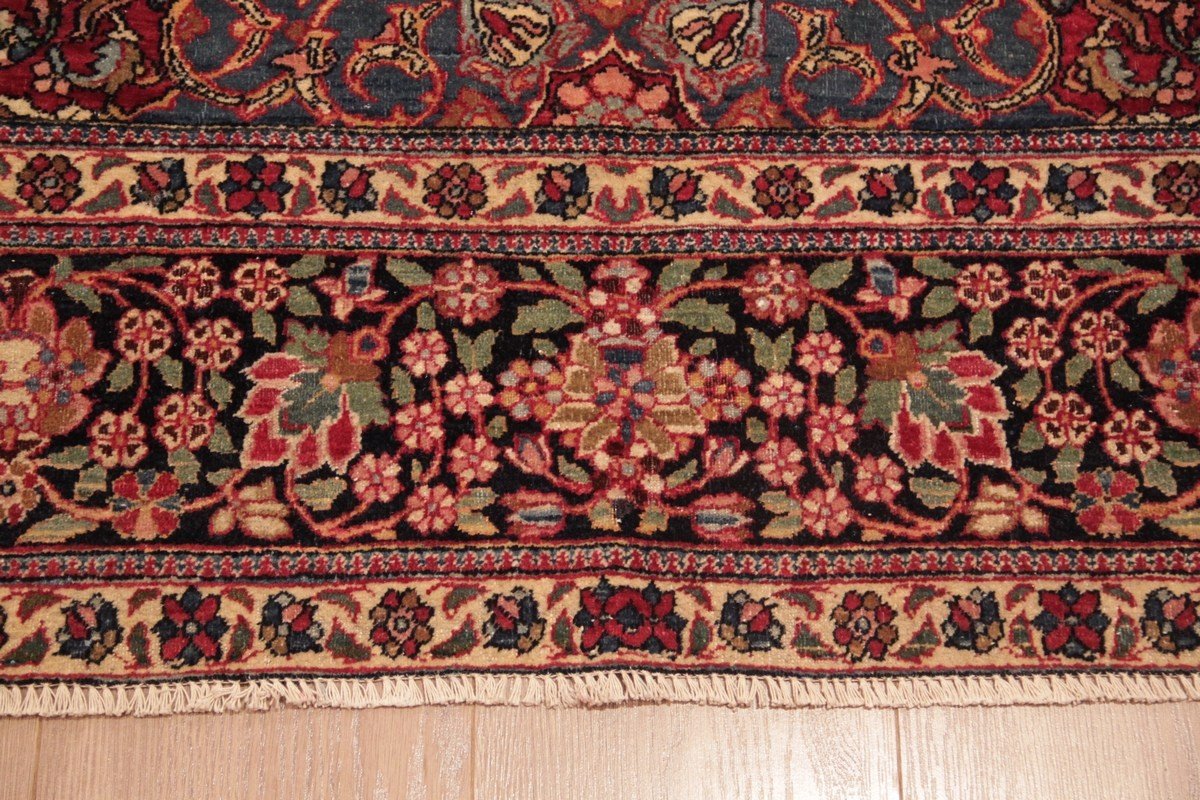

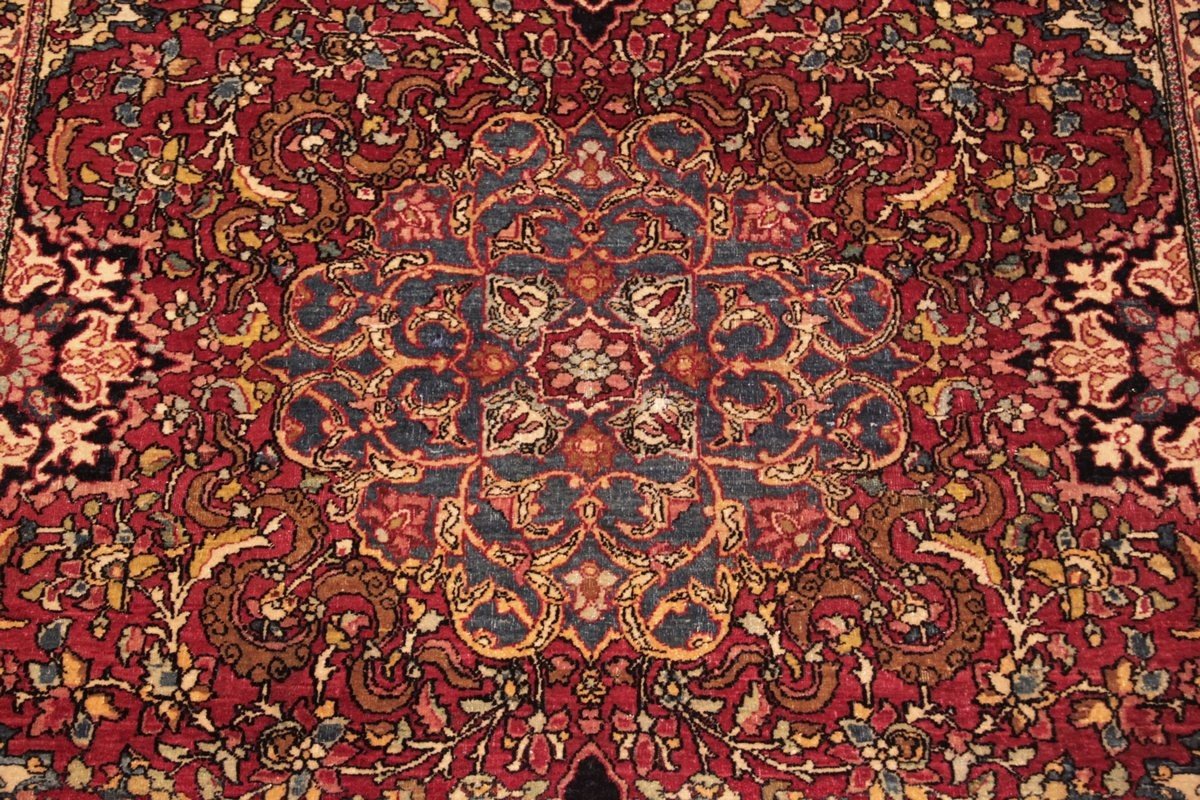
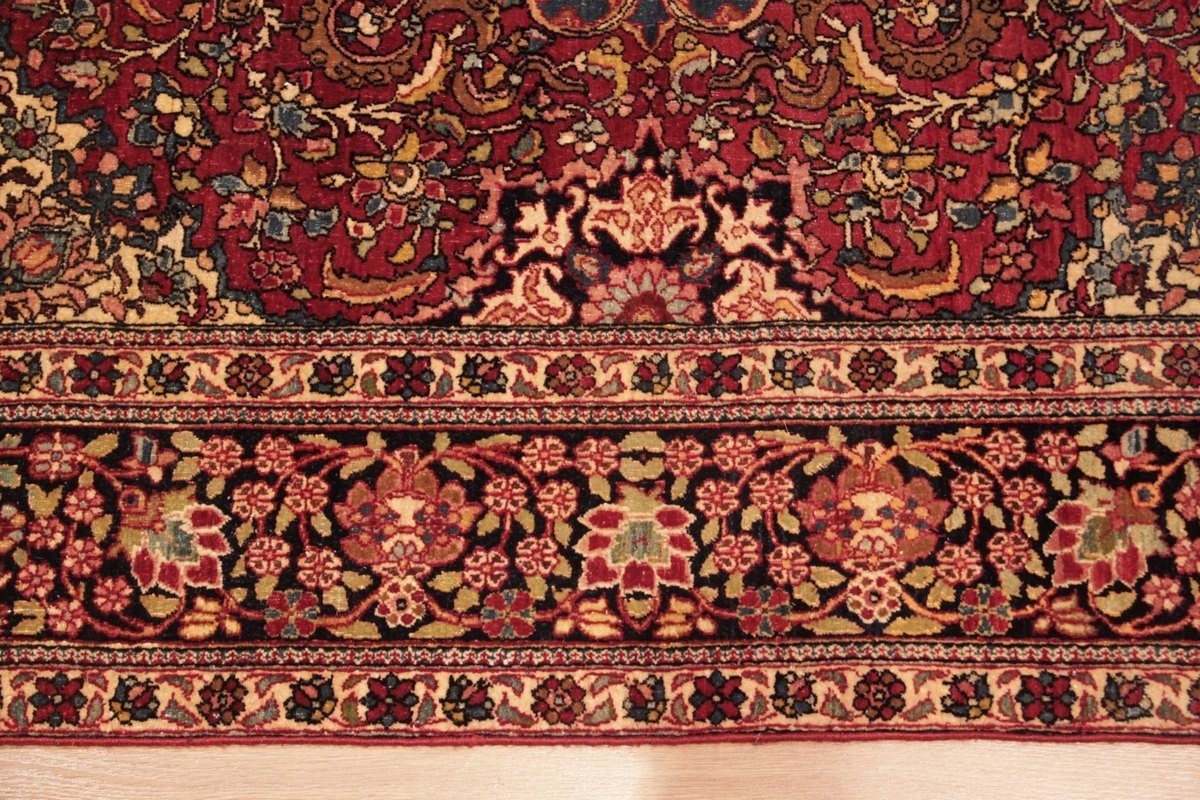
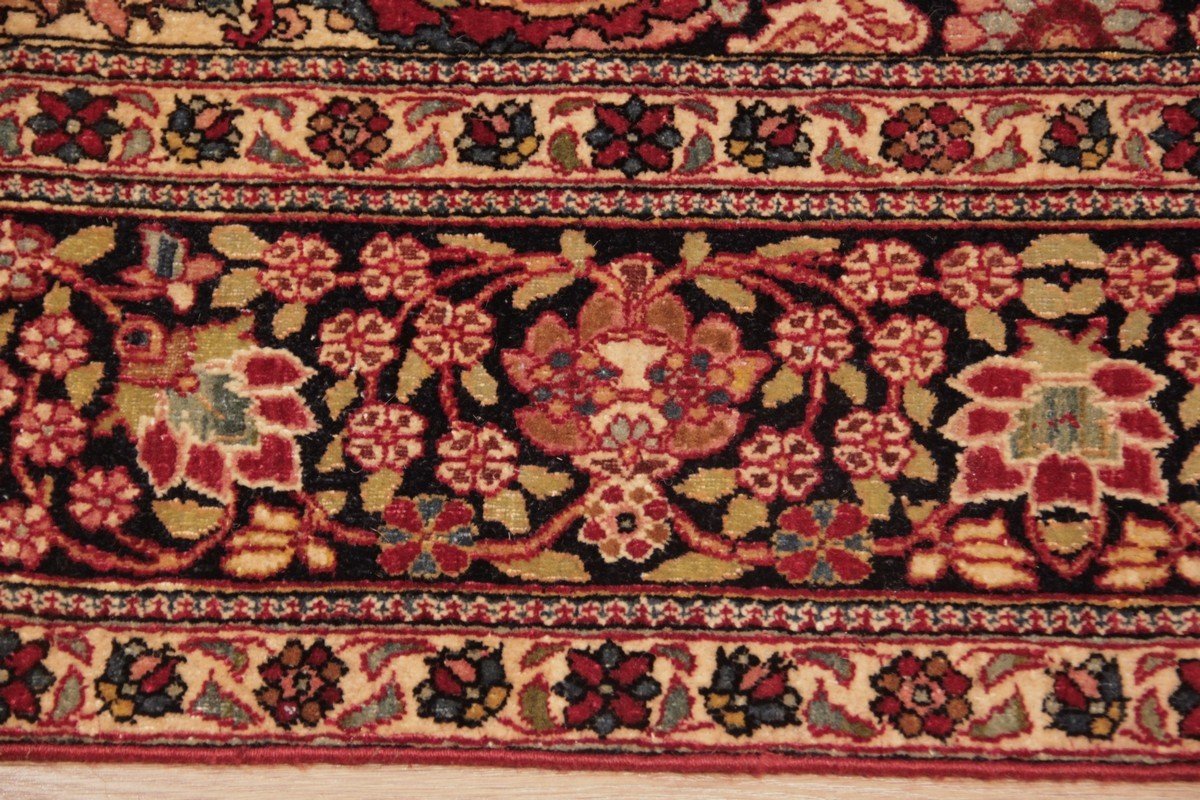
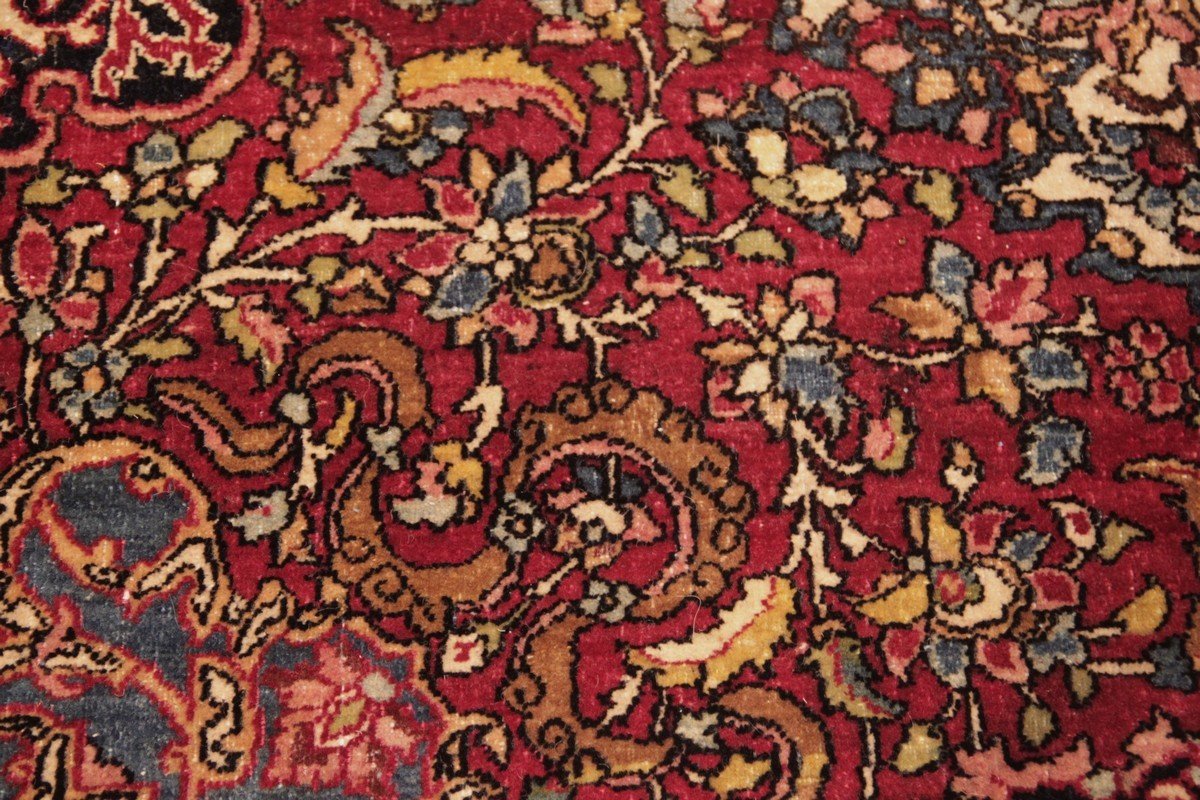
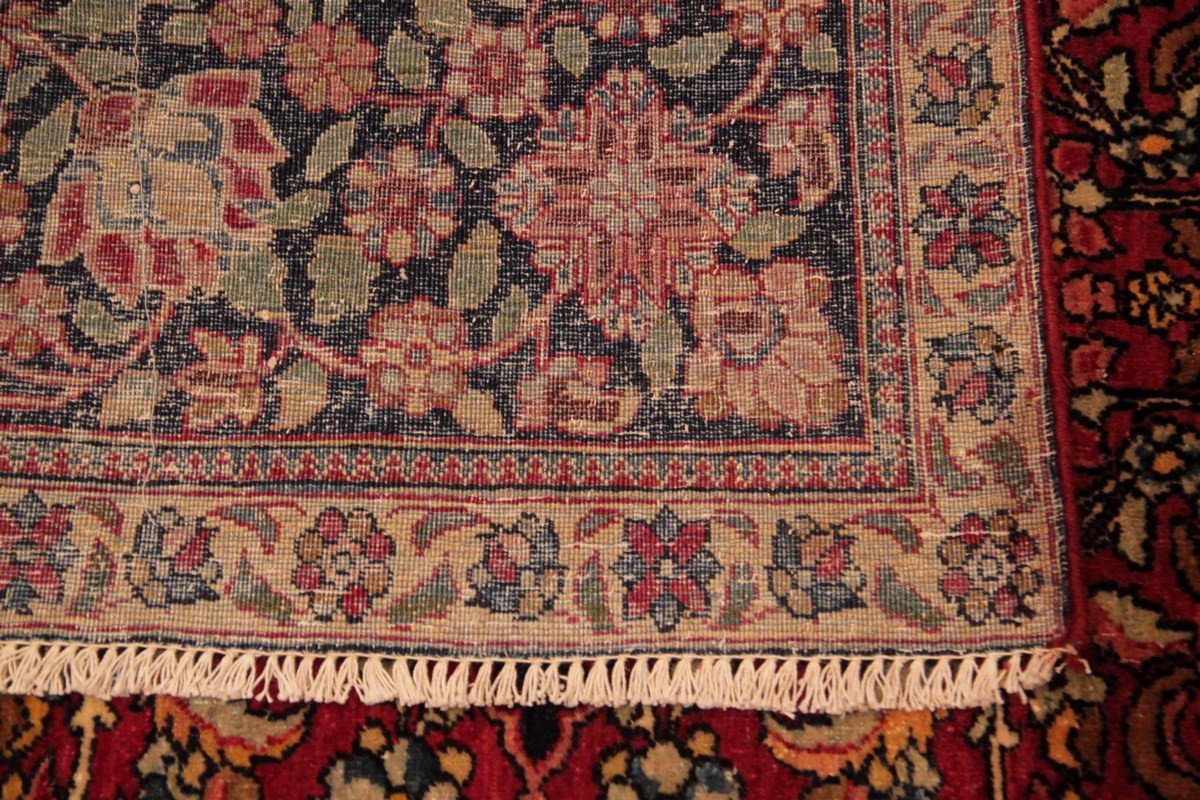













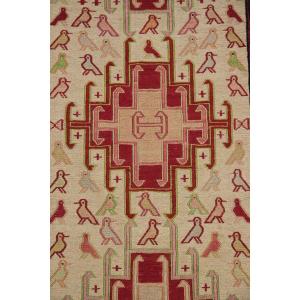



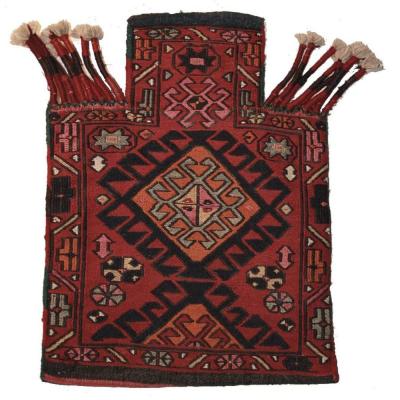



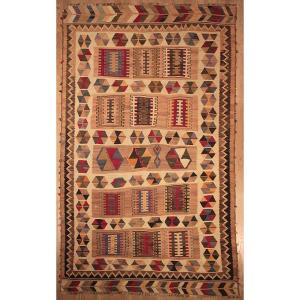

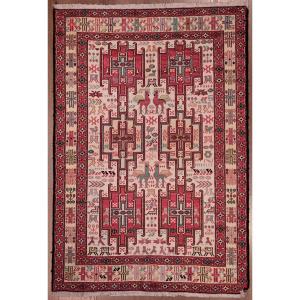
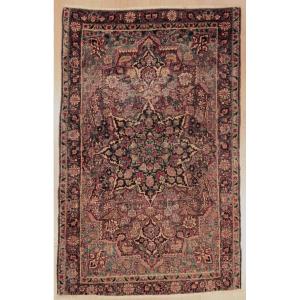

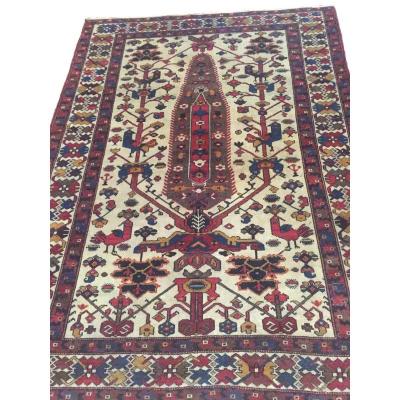
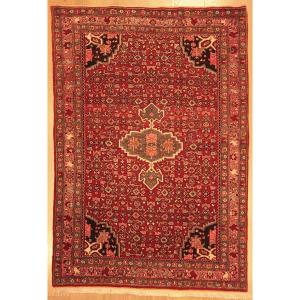
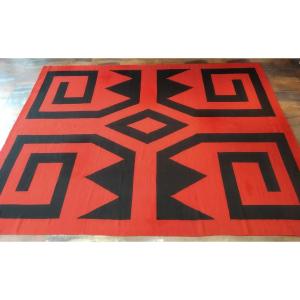
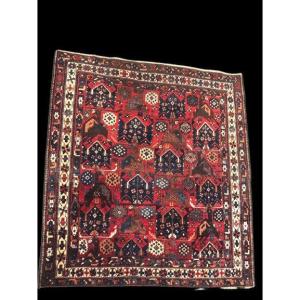



 Le Magazine de PROANTIC
Le Magazine de PROANTIC TRÉSORS Magazine
TRÉSORS Magazine Rivista Artiquariato
Rivista Artiquariato